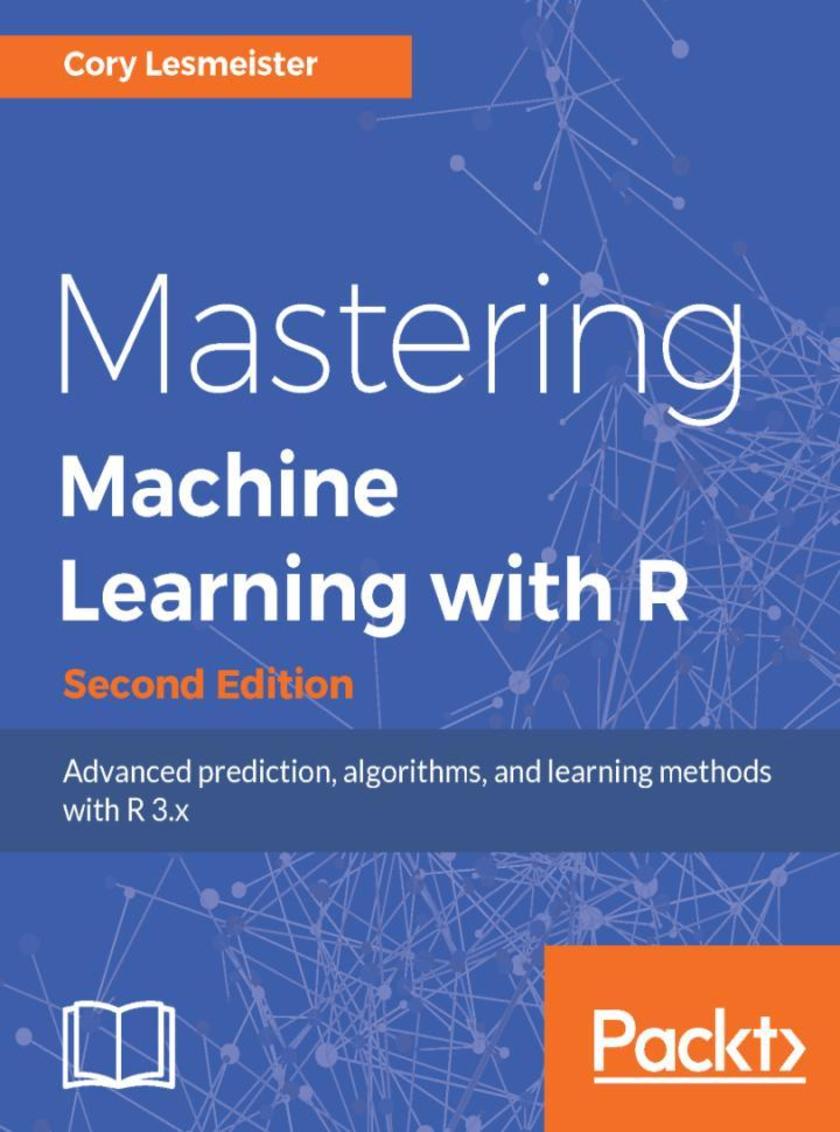
Mastering Machine Learning with R - Second Edition
¥90.46
This book will teach you advanced techniques in machine learning with the latest code in R 3.3.2. You will delve into statistical learning theory and supervised learning; design efficient algorithms; learn about creating Recommendation Engines; use multi-class classification and deep learning; and more. You will explore, in depth, topics such as data mining, classification, clustering, regression, predictive modeling, anomaly detection, boosted trees with XGBOOST, and more. More than just knowing the outcome, you'll understand how these concepts work and what they do. With a slow learning curve on topics such as neural networks, you will explore deep learning, and more. By the end of this book, you will be able to perform machine learning with R in the cloud using AWS in various scenarios with different datasets. What you will learn ?Gain deep insights into the application of machine learning tools in the industry ?Manipulate data in R efficiently to prepare it for analysis ?Master the skill of recognizing techniques for effective visualization of data ?Understand why and how to create test and training data sets for analysis ?Master fundamental learning methods such as linear and logistic regression ?Comprehend advanced learning methods such as support vector
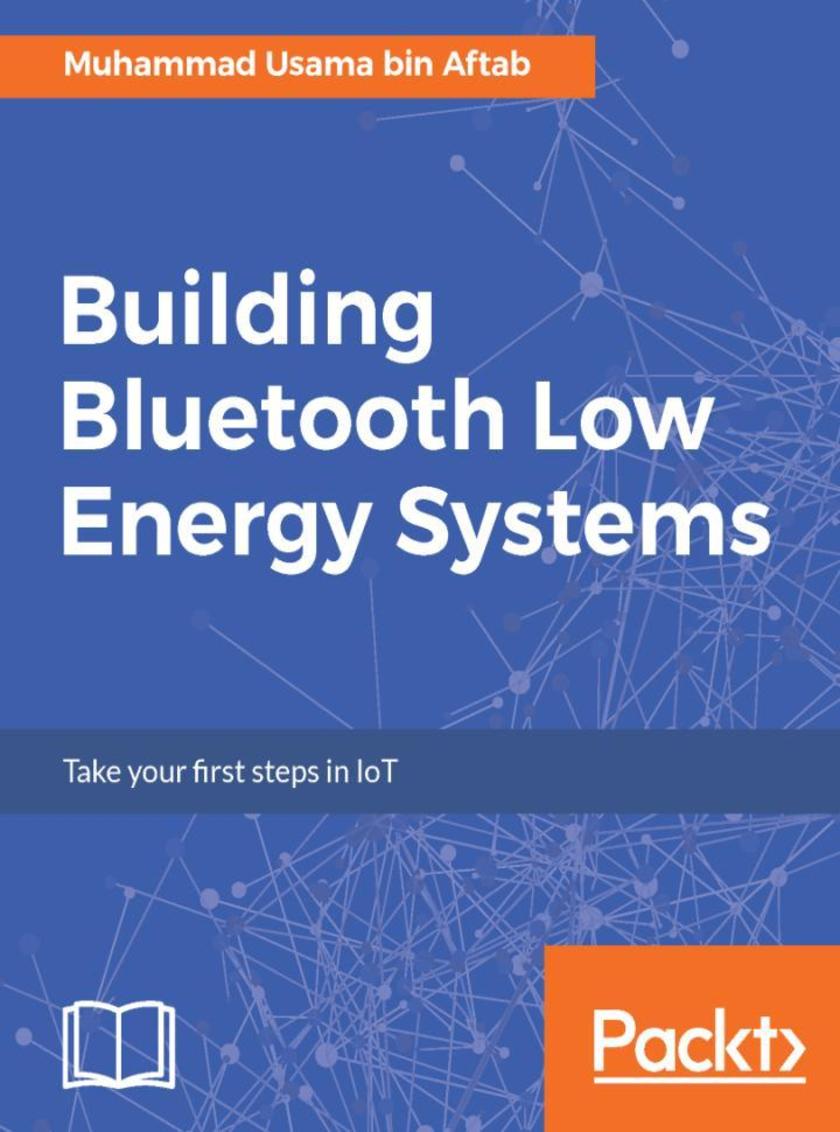
Building Bluetooth Low Energy Systems
¥63.21
Bluetooth Low Energy (BLE) is a Wireless Personal Area network technology aimed at novel applications for smart devices. High-tech BLE profiles and services are being increasingly used by application developers and hardware enthusiasts to allow devices to interact with the surrounding world. This book will focus on a technical introduction to BLE and how it is reshaping small-distance communication. We will start with IoT, where many technologies such as BLE, Zigbee, and IEEE 802.15.4 Mesh will be introduced. The book will present BLE from an engineering perspective, from which the protocol stack, architecture, and layers are discussed. You will learn to implement customized projects for Peripheral/Central communication, BLE Beacons, indoor navigation using triangulation, and the Internet gateway for Bluetooth Low Energy Personal Network, all using various code samples and APIs on Android, iOS, and the Web. Finally, the book will conclude with a glimpse into future technologies destined to be prominent in years to come. What you will learn ?Bluetooth Low Energy in theory. ?Bluetooth Low Energy Hardware and Software Development Kits. ?Implement Bluetooth low energy communication (central and peripheral) using Android. ?Master BLE Beacons with examples implemented over Eddystone and iBeacons.
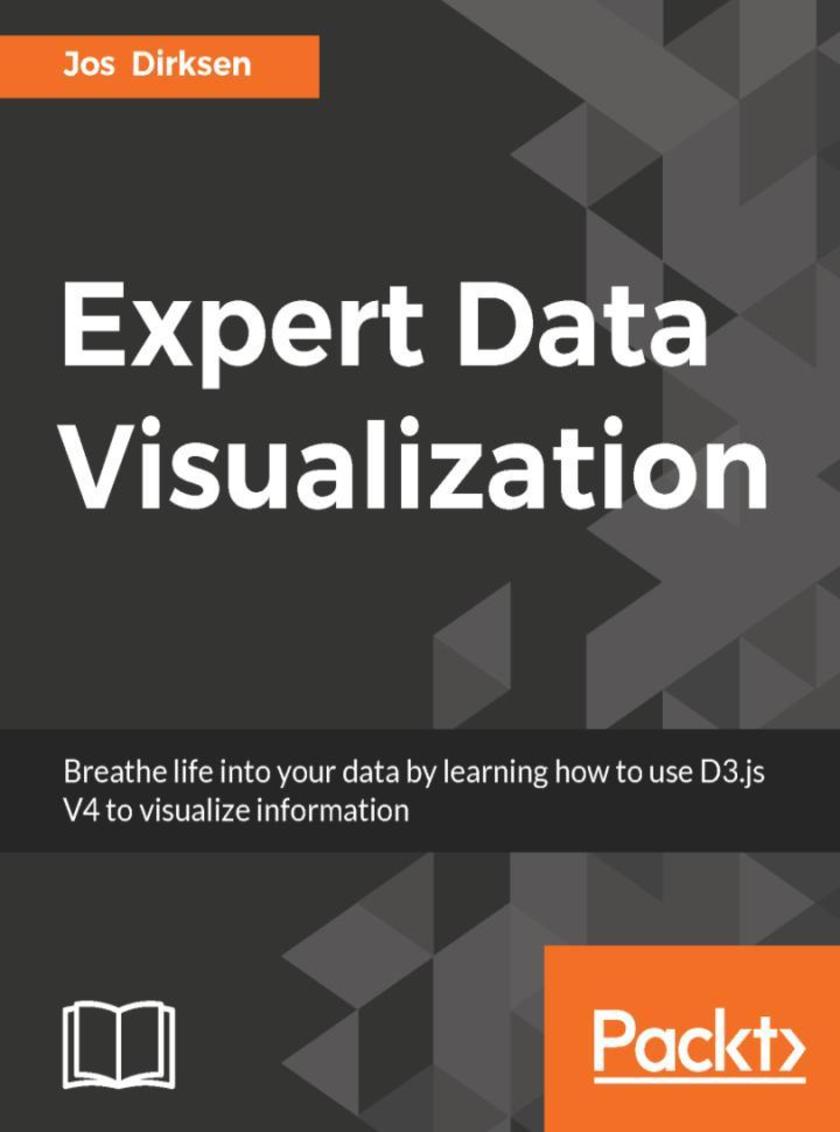
Expert Data Visualization
¥90.46
Do you want to make sense of your data? Do you want to create interactive charts, data trees, info-graphics, geospatial charts, and maps efficiently? This book is your ideal choice to master interactive data visualization with D3.js V4. The book includes a number of extensive examples that to help you hone your skills with data visualization. Throughout nine chapters these examples will help you acquire a clear practical understanding of the various techniques, tools and functionality provided by D3.js. You will first setup your D3.JS development environment and learn the basic patterns needed to visualize your data. After that you will learn techniques to optimize different processes such as working with selections; animating data transitions; creating graps and charts, integrating external resources (static as well as streaming); visualizing information on maps; working with colors and scales; utilizing the different D3.js APIs; and much more. The book will also guide you through creating custom graphs and visualizations, and show you how to go from the raw data to beautiful visualizations. The extensive examples will include working with complex and realtime data streams, such as seismic data, geospatial data, scientific data, and more. Towards the end of the book, you will learn to add more functionality on top of D3.js by using it with other external libraries and integrating it with Ecma* 6 and Type*
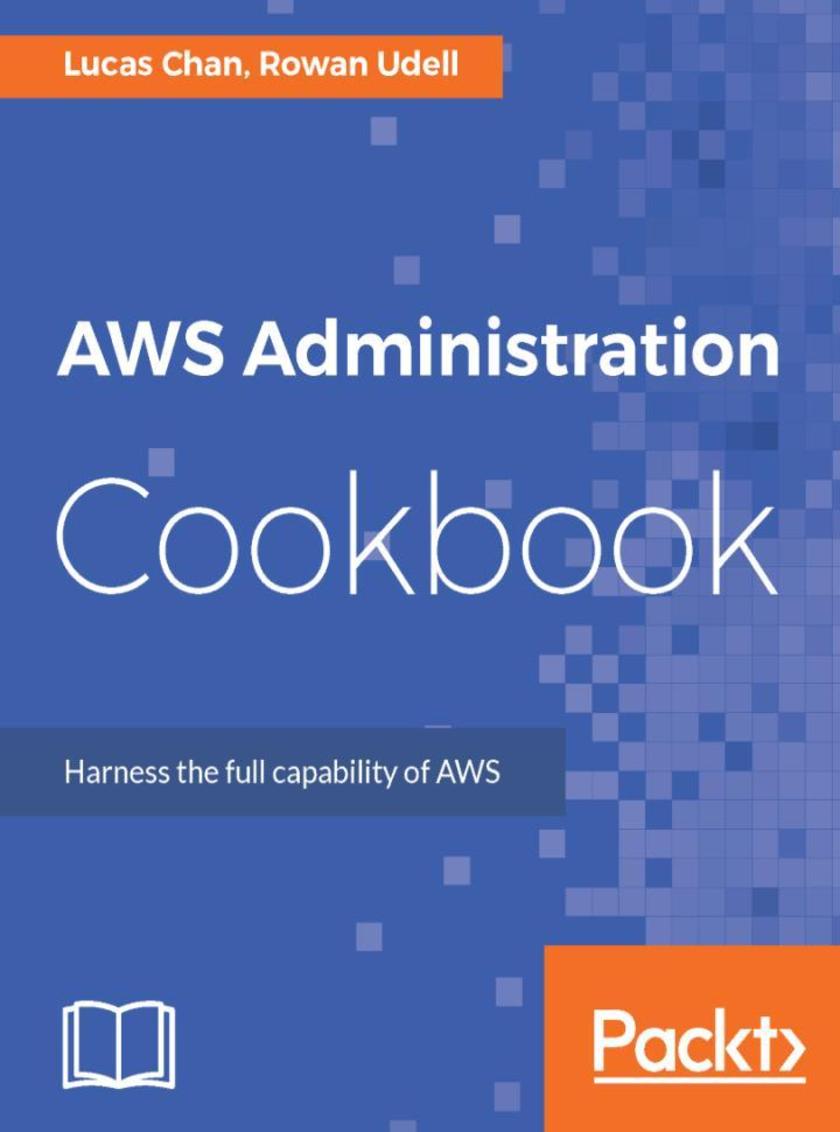
AWS Administration Cookbook
¥80.65
Amazon Web Services (AWS) is a bundled remote computing service that provides cloud computing infrastructure over the Internet with storage, bandwidth, and customized support for application programming interfaces (API). Implementing these services to efficiently administer your cloud environments is a core task. This book will help you build and administer your cloud environment with AWS. We'll begin with the AWS fundamentals, and you'll build the foundation for the recipes you'll work on throughout the book. Next, you will find out how to manage multiple accounts and set up consolidated billing. You will then learn to set up reliable and fast hosting for static websites, share data between running instances, and back up your data for compliance. Moving on, you will find out how to use the compute service to enable consistent and fast instance provisioning, and will see how to provision storage volumes and autoscale an application server. Next, you'll discover how to effectively use the networking and database service of AWS. You will also learn about the different management tools of AWS along with securing your AWS cloud. Finally, you will learn to estimate the costs for your cloud. By the end of the book, you will be able to easily administer your AWS cloud. What you will learn ?Discover the best practices to achieve an automated repeatable infrastructure in AWS ?Bring down your IT costs by managing AWS successfully and deliver high availability, fault tolerance, and scalability ?Make any website faster with static and dynamic caching ?Create monitoring and alerting dashboards using CloudWatch ?Migrate a database to AWS ?Set up consolidated billing to achieve simple and effective cost management with accounts ?Host a domain and find out how you can automate health checks About the Author Lucas Chan has been working in tech since 1995 in a variety of development, systems admin, and DevOps roles. He is currently a senior consultant and engineer at Versent and technical director at Stax. He's been running production workloads on AWS for over 10 years. He's also a member of the APAC AWS warriors program and holds all five of the available AWS certifications. Rowan Udell has been working in development and operations for 15 years. He has held a variety of positions, such as SRE, frontend developer, backend developer, consultant, technical lead, and team leader. His travels have seen him work in start-ups and enterprises in the finance, education, and web industries in Australia and Canada. He currently works as a senior consultant with Versent, an AWS Advanced Partner in Sydney. He specializes in serverless applications and architectures on AWS, and contributes actively in the Serverless Framework community.

Effective Amazon Machine Learning
¥90.46
Predictive analytics is a complex domain requiring coding skills, an understanding of the mathematical concepts underpinning machine learning algorithms, and the ability to create compelling data visualizations. Following AWS simplifying Machine learning, this book will help you bring predictive analytics projects to fruition in three easy steps: data preparation, model tuning, and model selection. This book will introduce you to the Amazon Machine Learning platform and will implement core data science concepts such as classification, regression, regularization, overfitting, model selection, and evaluation. Furthermore, you will learn to leverage the Amazon Web Service (AWS) ecosystem for extended access to data sources, implement realtime predictions, and run Amazon Machine Learning projects via the command line and the Python SDK. Towards the end of the book, you will also learn how to apply these services to other problems, such as text mining, and to more complex datasets. What you will learn ?Learn how to use the Amazon Machine Learning service from scratch for predictive analytics ?Gain hands-on experience of key Data Science concepts ?Solve classic regression and classification problems ?Run projects programmatically via the command line and the Python SDK
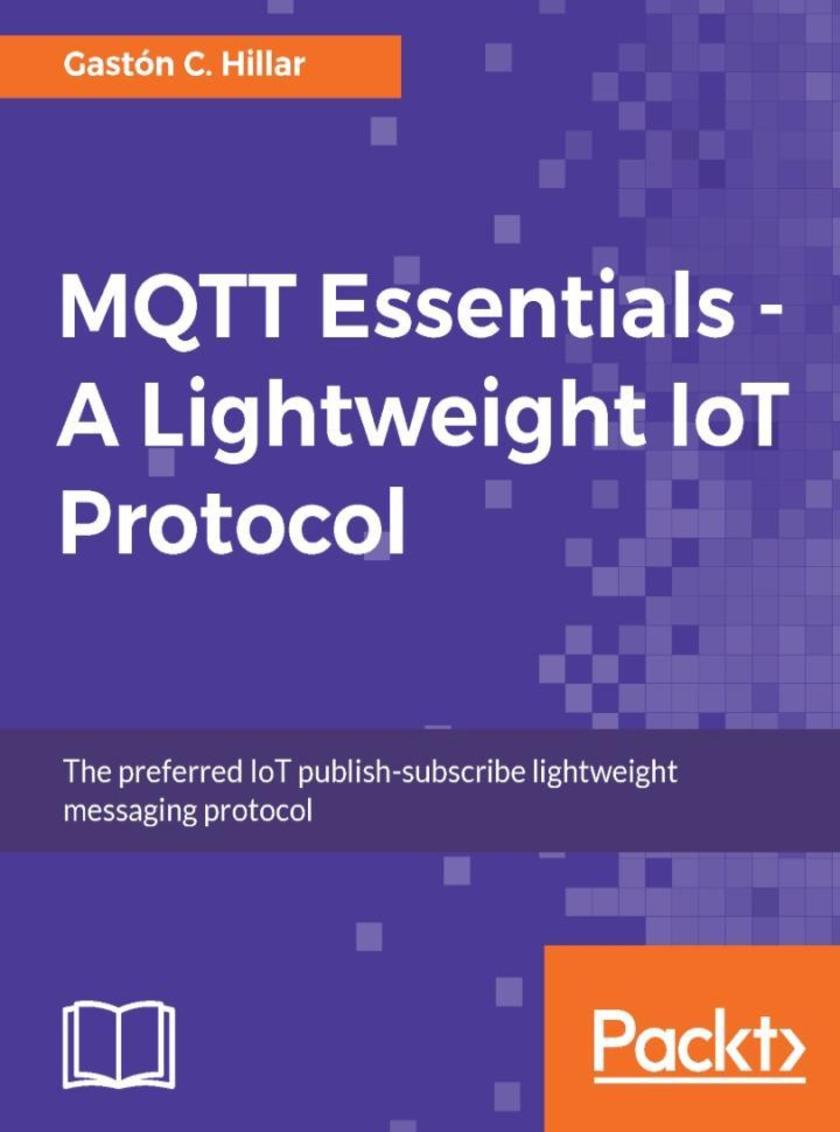
MQTT Essentials - A Lightweight IoT Protocol
¥71.93
This step-by-step guide will help you gain a deep understanding of the lightweight MQTT protocol. We’ll begin with the specific vocabulary of MQTT and its working modes, followed by installing a Mosquitto MQTT broker. Then, you will use best practices to secure the MQTT Mosquitto broker to ensure that only authorized clients are able to publish and receive messages. Once you have secured the broker with the appropriate configuration, you will develop a solution that controls a drone with Python. Further on, you will use Python on a Raspberry Pi 3 board to process commands and Python on Intel Boards (Joule, Edison and Galileo). You will then connect to the MQTT broker, subscribe to topics, send messages, and receive messages in Python. You will also develop a solution that interacts with sensors in Java by working with MQTT messages. Moving forward, you will work with an asynchronous API with callbacks to make the sensors interact with MQTT messages. Following the same process, you will develop an iOS app with Swift 3, build a website that uses WebSockets to connect to the MQTT broker, and control home automation devices with HTML5, JavaScript code, Node.js and MQTT messages What you will learn ?Understand how MQTTv3.1 and v3.1.1 works in detail ?Install and secure a Mosquitto MQTT broker by following best practices ?Design and develop IoT solutions combined with mobile and web apps that use MQTT messages to communicate ?Explore the features included in MQTT for IoT and Machine-to-Machine communications ?Publish and receive MQTT messages with Python, Java, Swift, JavaScript, and Node.js ?Implement the security best practices while setting up the MQTT Mosquitto broker
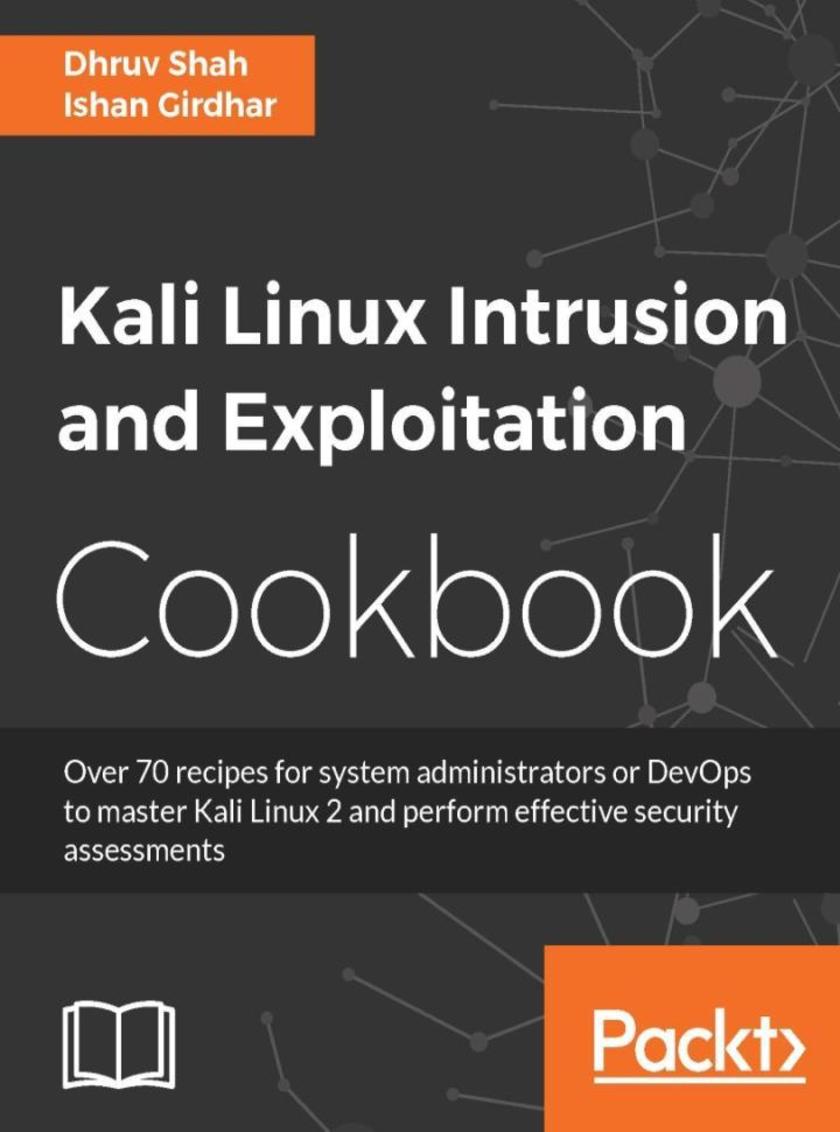
Kali Linux Intrusion and Exploitation Cookbook
¥80.65
Over 70 recipes for system administrators or DevOps to master Kali Linux 2 and perform effective security assessments About This Book ?Set up a penetration testing lab to conduct a preliminary assessment of attack surfaces and run exploits ?Improve your testing efficiency with the use of automated vulnerability scanners ?Work through step-by-step recipes to detect a wide array of vulnerabilities, exploit them to analyze their consequences, and identify security anomalies Who This Book Is For This book is intended for those who want to know more about information security. In particular, it's ideal for system administrators and system architects who want to ensure that the infrastructure and systems they are creating and managing are secure. This book helps both beginners and intermediates by allowing them to use it as a reference book and to gain in-depth knowledge. What You Will Learn ?Understand the importance of security assessments over merely setting up and managing systems/processes ?Familiarize yourself with tools such as OPENVAS to locate system and network vulnerabilities ?Discover multiple solutions to escalate privileges on a compromised machine ?Identify security anomalies in order to make your infrastructure secure and further strengthen it ?Acquire the skills to prevent infrastructure and application vulnerabilities ?Exploit vulnerabilities that require a complex setup with the help of Metasploit In Detail With the increasing threats of breaches and attacks on critical infrastructure, system administrators and architects can use Kali Linux 2.0 to
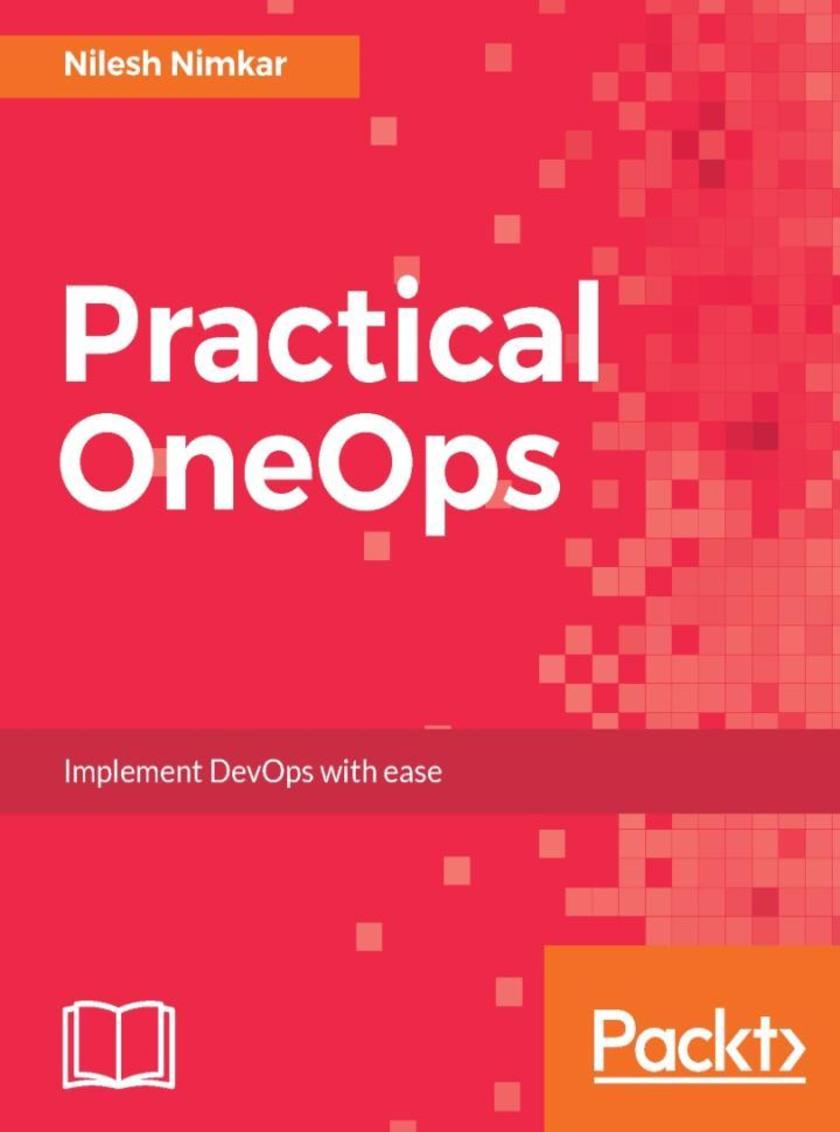
Practical OneOps
¥71.93
Walmart's OneOps is an open source DevOps platform that is used for cloud and application lifecycle management. It can manage critical and complex application workload on any multi cloud-based infrastructure and revolutionizes the way administrators, developers, and engineers develop and launch new products. This practical book focuses on real-life cases and hands-on scenarios to develop, launch, and test your applications faster, so you can implement the DevOps process using OneOps. You will be exposed to the fundamental aspects of OneOps starting with installing, deploying, and configuring OneOps in a test environment, which will also come in handy later for development and debugging. You will also learn about design and architecture, and work through steps to perform enterprise level deployment. You will understand the initial setup of OneOps such as creating organization, teams, and access management. Finally, you will be taught how to configure, repair, scale, and extend applications across various cloud platforms. What you will learn ?See how to install OneOps ?Configure OneOps including creating and configuring organization and teams ?Work through practical deployment scenarios ?Maintain OneOps environments including backups and logs ?Build custom components for OneOps ?Extend OneOps by calling the REST API
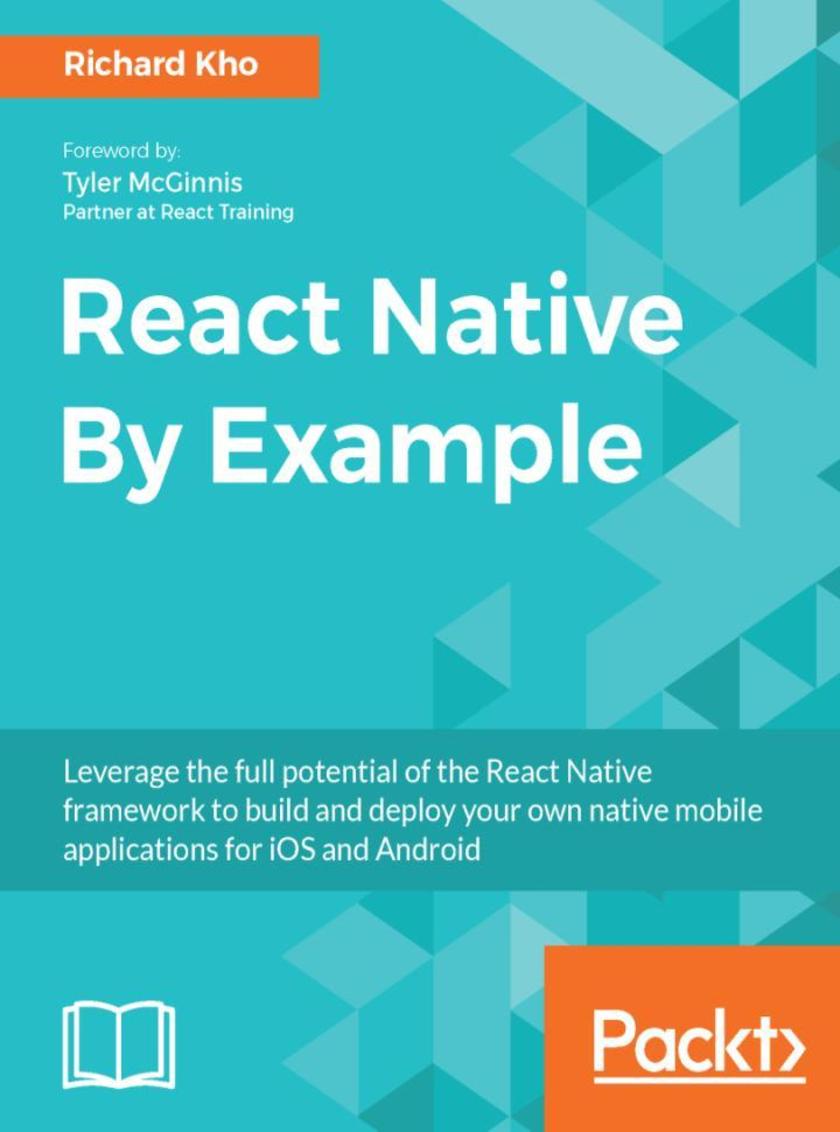
React Native By Example
¥80.65
React Native's ability to build performant mobile applications with JavaScript has resulted in its popularity amongst developers. Developers now have the luxury to create incredible mobile experiences that look and feel native to their platforms with the comfort of a well-known language and the popular React.js library. This book will show you how to build your own native mobile applications for the iOS and Android platforms while leveraging the finesse and simplicity of JavaScript and React. Throughout the book you will build three projects, each of increasing complexity. You will also link up with the third-party Facebook SDK, convert an app to support the Redux architecture, and learn the process involved in making your apps available for sale on the iOS App Store and Google Play. At the end of this book, you will have learned and implemented a wide breadth of core APIs and components found in the React Native framework that are necessary in creating great mobile experiences. What you will learn ?How to create mobile-performant iOS and Android apps using JavaScript and React ?The potential of each API and component, putting them into practice throughout the course of three projects ?The process of integrating the Facebook SDK to build an app that connects to third-party data ?Every step taken to implement Redux, a popular state management library, in your mobile apps
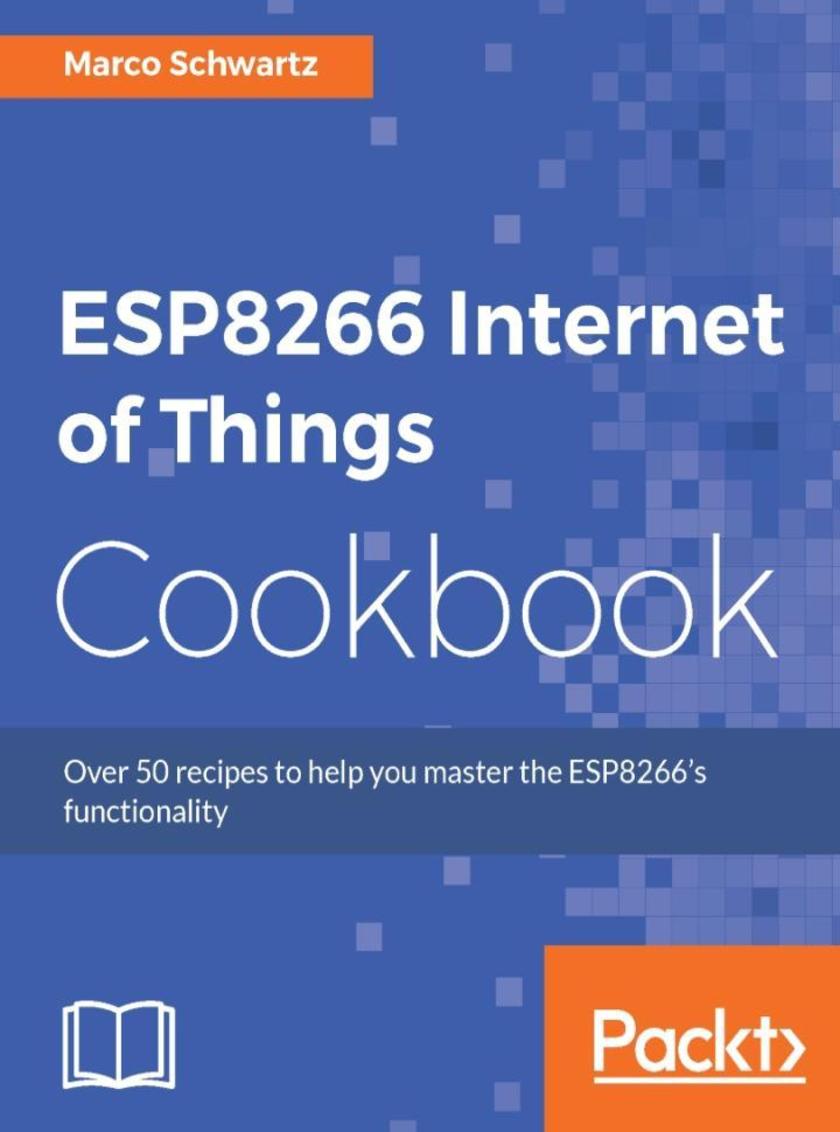
ESP8266 Internet of Things Cookbook
¥71.93
The ESP8266 Wi-Fi Module is a self contained System on Chip (SOC) with an integrated TCP/IP protocol stack and can give any microcontroller access to your Wi-fi network. It is capable of either hosting an application or offloading all Wi-fi networking functions from another application processor. This book contains practical recipes that will help you master all ESP8266 functionalities. You will start by configuring and customizing the chip in line with your requirements. Then you will focus on core topics such as on-board processing, sensors, GPIOs, programming, networking, integration with external components, and so on. We will also teach you how to leverage Arduino using the ESP8266 and you'll learn about its libraries, file system, OTA updates, and so on. The book also provide recipes on web servers, testing, connecting with the cloud, and troubleshooting techniques. Programming aspects include MicroPython and how to leverage it to get started with the ESP8266. Towards the end, we will use these concepts and create an interesting project (IOT). By the end of the book, readers will be proficient enough to use the ESP8266 board efficiently.
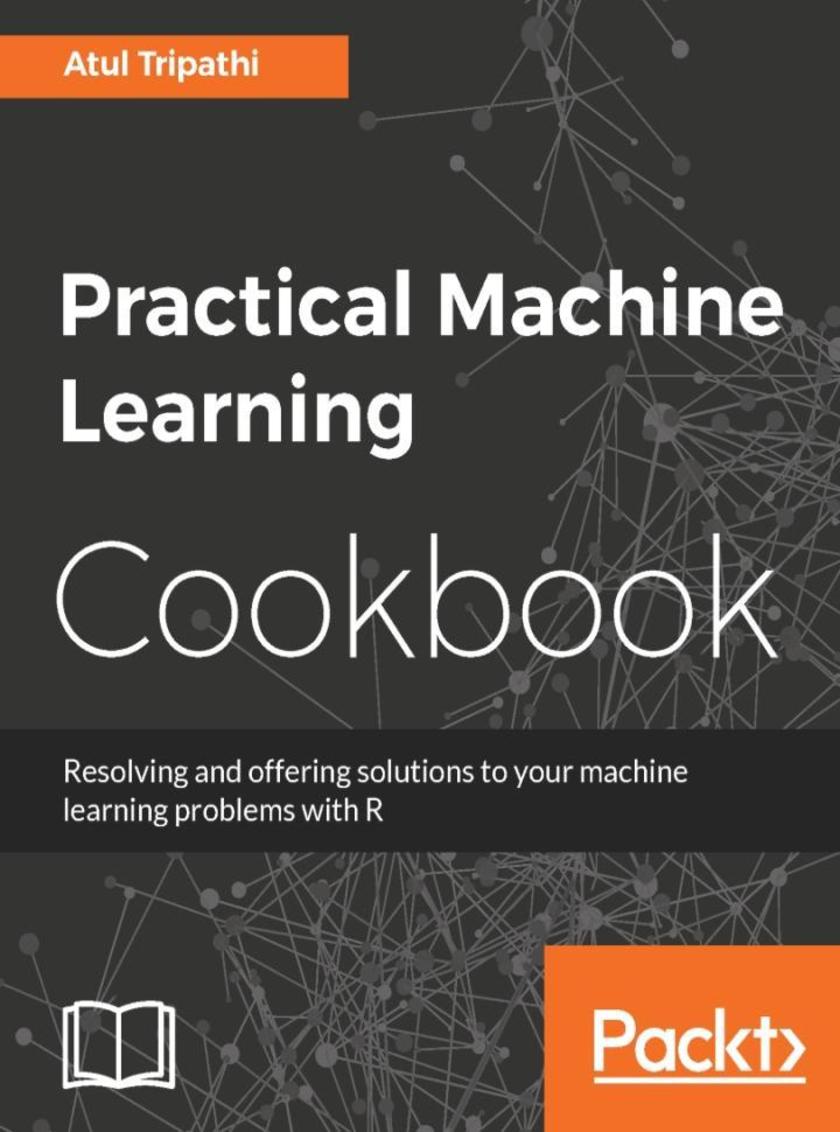
Practical Machine Learning Cookbook
¥107.90
Machine learning has become the new black. The challenge in today's world is the explosion of data from existing legacy data and incoming new structured and unstructured data. The complexity of discovering, understanding, performing analysis, and predicting outcomes on the data using machine learning algorithms is a challenge. This cookbook will help solve everyday challenges you face as a data scientist. The application of various data science techniques and on multiple data sets based on real-world challenges you face will help you appreciate a variety of techniques used in various situations. The first half of the book provides recipes on fairly complex machine-learning systems, where you'll learn to explore new areas of applications of machine learning and improve its efficiency. That includes recipes on classifications, neural networks, unsupervised and supervised learning, deep learning, reinforcement learning, and more. The second half of the book focuses on three different machine learning case studies, all based on real-world data, and offers solutions and solves specific machine-learning issues in each one. What You Will Learn ?Get equipped with a deeper understanding of how to apply machine-learning techniques ?Implement each of the advanced machine-learning techniques ?Solve real-life problems that are encountered in order to make your applications produce improved results ?Gain hands-on experience in problem solving for your machine-learning systems ?Understand the methods of collecting data, preparing data for usage, training the model, evaluating the model's performance, and improving the model's performance

Enterprise Application Architecture with .NET Core
¥90.46
If you want to design and develop enterprise applications using .NET Core as the development framework and learn about industry-wide best practices and guidelines, then this book is for you. The book starts with a brief introduction to enterprise architecture, which will help you to understand what enterprise architecture is and what the key components are. It will then teach you about the types of patterns and the principles of software development, and explain the various aspects of distributed computing to keep your applications effective and scalable. These chapters act as a catalyst to start the practical implementation, and design and develop applications using different architectural approaches, such as layered architecture, service oriented architecture, microservices and cloud-specific solutions. Gradually, you will learn about the different approaches and models of the Security framework and explore various authentication models and authorization techniques, such as social media-based authentication and safe storage using app secrets. By the end of the book, you will get to know the concepts and usage of the emerging fields, such as DevOps, BigData, architectural practices, and Artificial Intelligence.
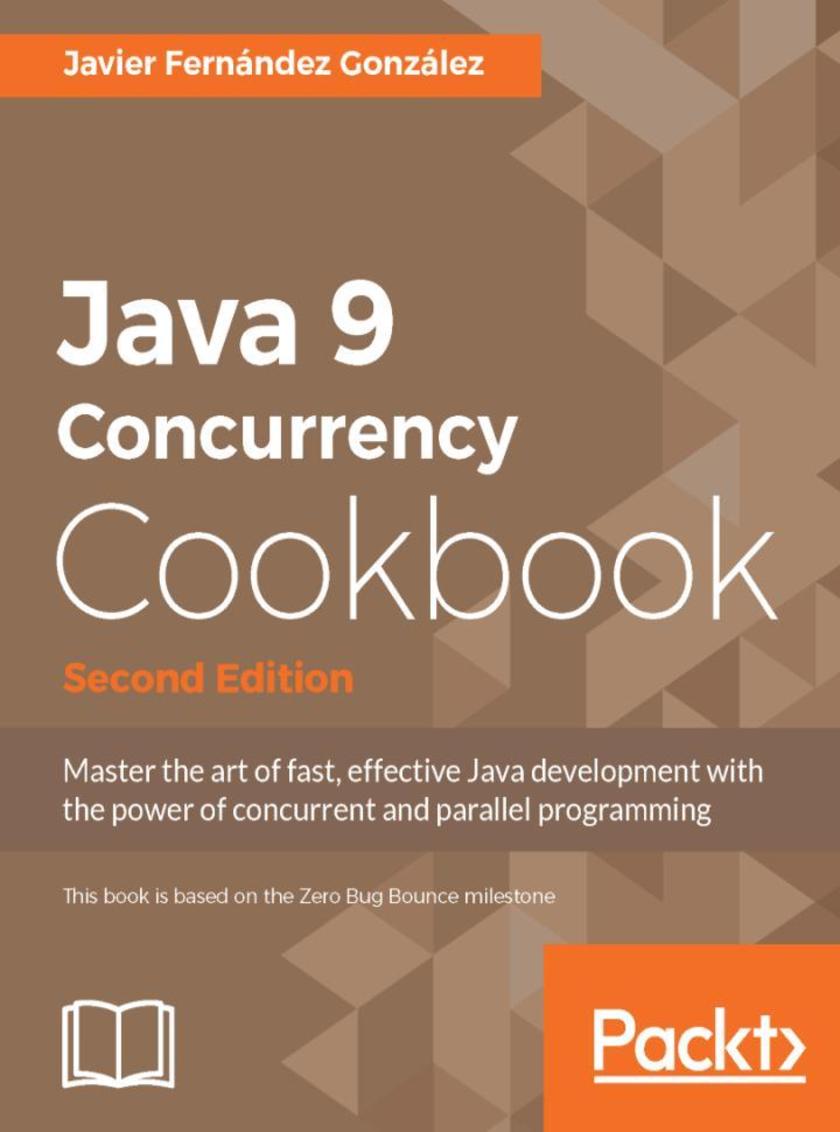
Java 9 Concurrency Cookbook - Second Edition
¥90.46
Writing concurrent and parallel programming applications is an integral skill for any Java programmer. Java 9 comes with a host of fantastic features, including significant performance improvements and new APIs. This book will take you through all the new APIs, showing you how to build parallel and multi-threaded applications. The book covers all the elements of the Java Concurrency API, with essential recipes that will help you take advantage of the exciting new capabilities. You will learn how to use parallel and reactive streams to process massive data sets. Next, you will move on to create streams and use all their intermediate and terminal operations to process big collections of data in a parallel and functional way. Further, you ll discover a whole range of recipes for almost everything, such as thread management, synchronization, executors, parallel and reactive streams, and many more. At the end of the book, you will learn how to obtain information about the status of some of the most useful components of the Java Concurrency API and how to test concurrent applications using different tools. What you will learn ?Find out to manage the basic components of the Java Concurrency API ?Use synchronization mechanisms to avoid data race conditions and other problems of concurrent applications ?Separate the thread management from the rest of the application with the Executor framework ?Solve problems using a parallelized version of the divide and conquer paradigm with the Fork / Join framework ?Process massive data sets in an optimized way using streams and reactive streams ?See which data structures we can use in concurrent applications and how to use them ?Practice efficient techniques to test concurrent applications ?Get to know tips and tricks to design concurrent applications
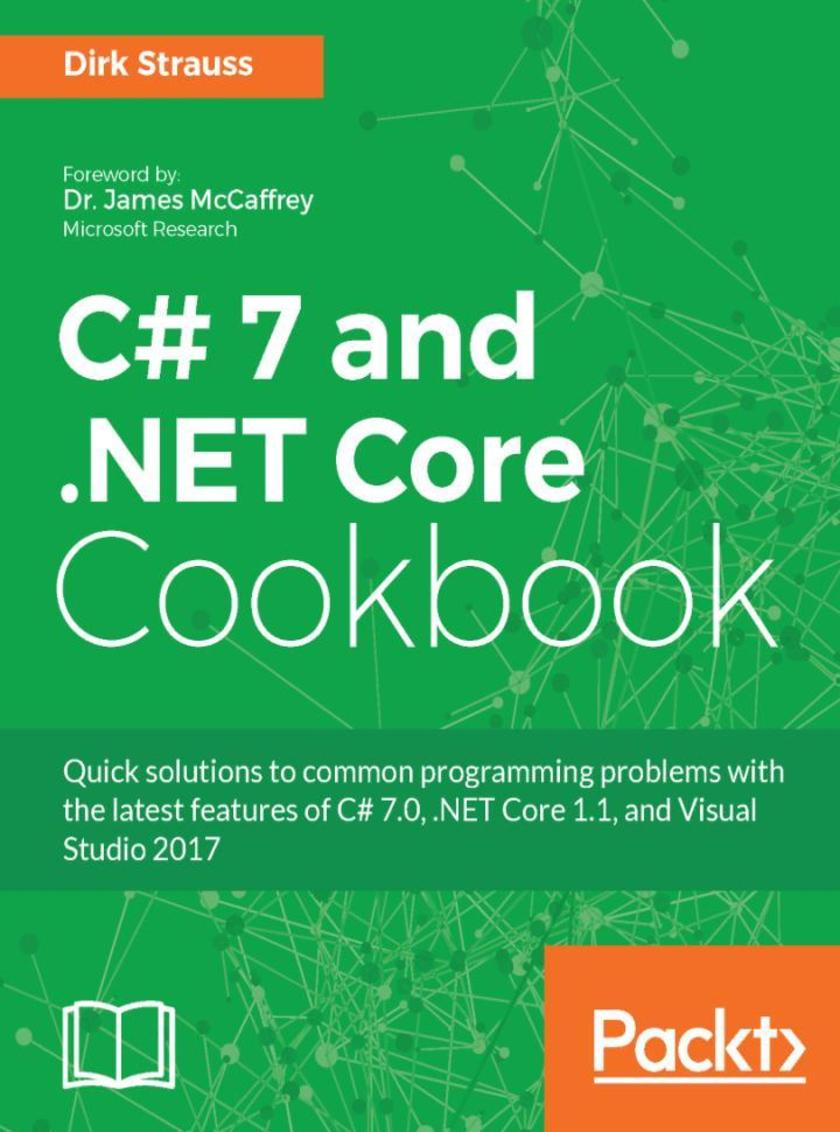
C# 7 and .NET Core Cookbook
¥90.46
C# has recently been open-sourced and C# 7 comes with a host of new features for building powerful, cross-platform applications. This book will be your solution to some common programming problems that you come across with C# and will also help you get started with .NET Core 1.1. Through a recipe-based approach, this book will help you overcome common programming challenges and get your applications ready to face the modern world. We start by running you through new features in C# 7, such as tuples, pattern matching, and so on, giving you hands-on experience with them. Moving forward, you will work with generics and the OOP features in C#. You will then move on to more advanced topics, such as reactive extensions, Regex, code analyzers, and asynchronous programming. This book will also cover new, cross-platform .NET Core 1.1 features and teach you how to utilize .NET Core on macOS. Then, we will explore microservices as well as serverless computing and how these benefit modern developers. Finally, you will learn what you can do with Visual Studio 2017 to put mobile application development across multiple platforms within the reach of any developer. What you will learn ?Writing better and less code to achieve the same result as in previous versions of C# ?Working with analyzers in Visual Studio ?Working with files, streams, and serialization ?Writing high-performant code
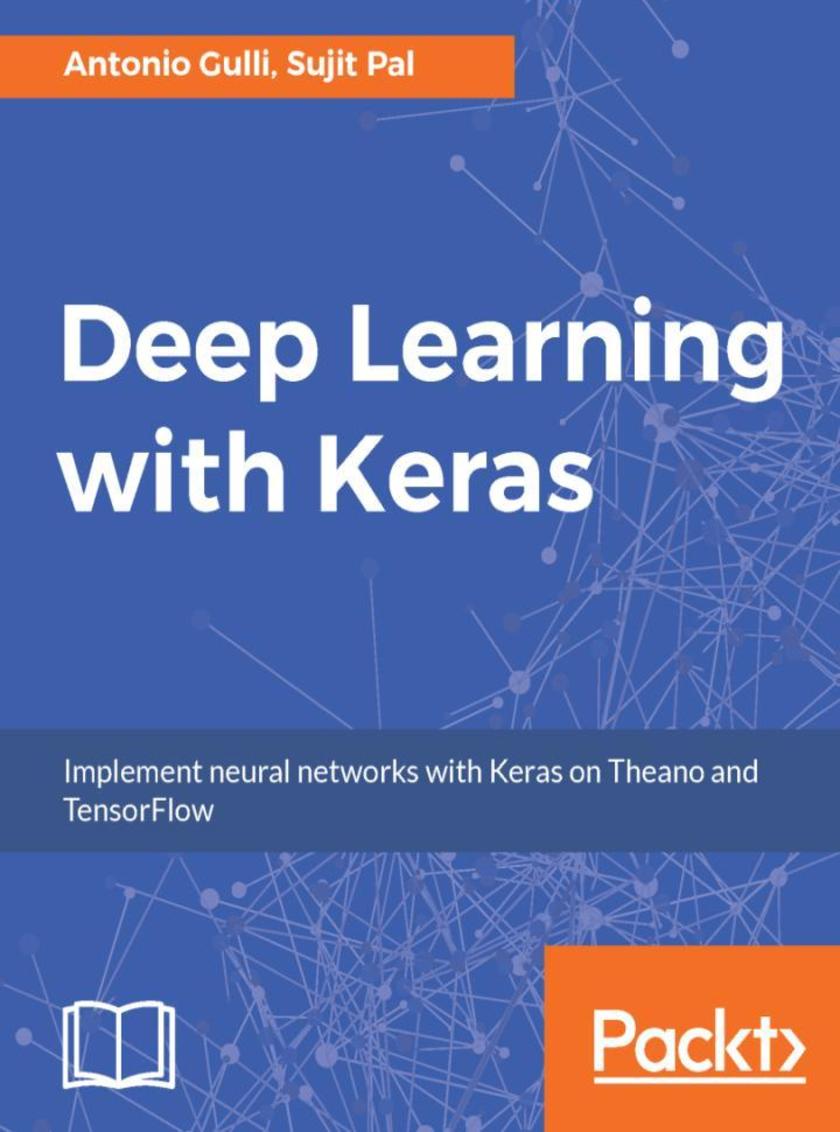
Deep Learning with Keras
¥90.46
This book starts by introducing you to supervised learning algorithms such as simple linear regression, the classical multilayer perceptron and more sophisticated deep convolutional networks. You will also explore image processing with recognition of hand written digit images, classification of images into different categories, and advanced objects recognition with related image annotations. An example of identification of salient points for face detection is also provided. Next you will be introduced to Recurrent Networks, which are optimized for processing sequence data such as text, audio or time series. Following that, you will learn about unsupervised learning algorithms such as Autoencoders and the very popular Generative Adversarial Networks (GAN). You will also explore non-traditional uses of neural networks as Style Transfer. Finally, you will look at Reinforcement Learning and its application to AI game playing, another popular direction of research and application of neural networks. What you will learn ?Optimize step-by-step functions on a large neural network using the Backpropagation Algorithm ?Fine-tune a neural network to improve the quality of results ?Use deep learning for image and audio processing ?Use Recursive Neural Tensor Networks (RNTNs) to outperform standard word embedding in special cases ?Identify problems
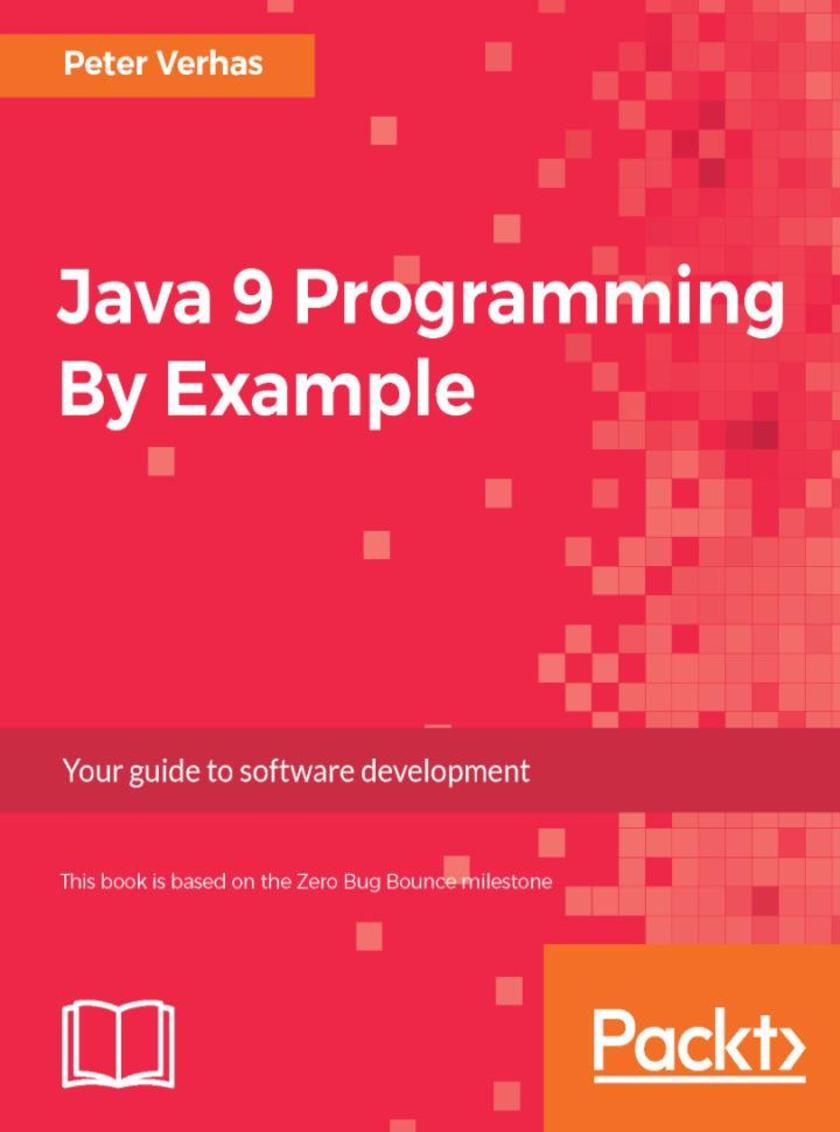
Java 9 Programming By Example
¥80.65
This book gets you started with essential software development easily and quickly, guiding you through Java's different facets. By adopting this approach, you can bridge the gap between learning and doing immediately. You will learn the new features of Java 9 quickly and experience a simple and powerful approach to software development. You will be able to use the Java runtime tools, understand the Java environment, and create Java programs. We then cover more simple examples to build your foundation before diving to some complex data structure problems that will solidify your Java 9 skills. With a special focus on modularity and HTTP 2.0, this book will guide you to get employed as a top notch Java developer. By the end of the book, you will have a firm foundation to continue your journey towards becoming a professional Java developer. What you will learn ?Compile, package and run a trivial program using a build management tool ?Get to know the principles of test-driven development and dependency management ?Separate the wiring of multiple modules from the application logic into an application using dependency injection ?Benchmark Java execution using Java 9 microbenchmarking ?See the workings of the Spring framework

Programming Microsoft Dynamics NAV - Fifth Edition
¥107.90
Customize your NAV applications About This Book ?Gain from the insights and methods of industry-leading experts and tailor your applications to best suit the needs of your business ?Learn through the detailed explanations and useful examples that are presented in a logical, step-by-step manner ?This comprehensive guide is written with the goals of being used as a classroom text, a self-study text, and as a handy in-depth reference guide Who This Book Is For This book will appeal to all those who want to learn about NAV's powerful and extensive built-in development capabilities. It assumes that you understand programming and are familiar with business application software, although you aren't expected to have worked with NAV before. ERP consultants and managers of NAV development will also find the book helpful. What You Will Learn ?Productively and effectively use the development tools that are built into Dynamics NAV ?Understand the strengths of NAV's development tools and how they can be applied to address functional business requirements ?Introduction to programming using the C/AL language in the C/SIDE Development Environment ?Explore functional design and development using C/AL ?Leverage advanced NAV development features and tools ?Get to know the best practices to design and develop modifications of new functionality integrated with the standard NAV software In Detail Microsoft Dynamics NAV is a full business solution suite, and a complete ERP solution, which contains a robust set of development tools to support customization and enhancement. These
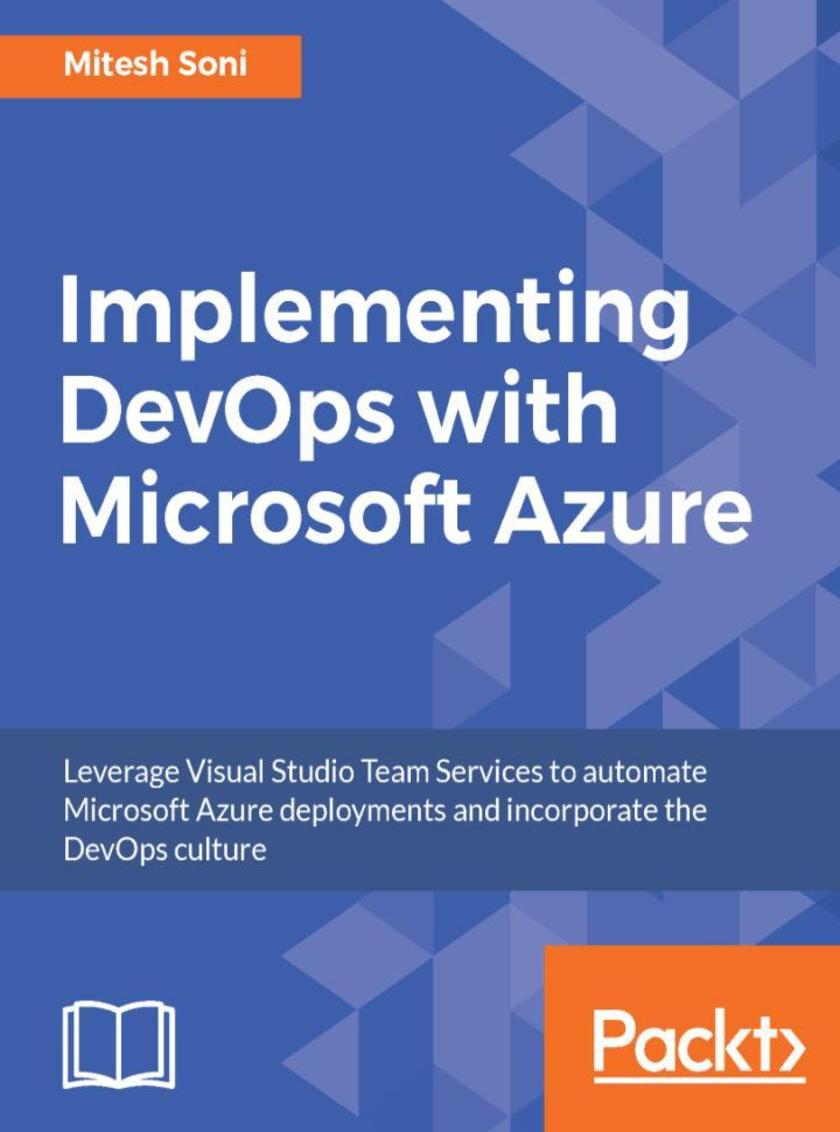
Implementing DevOps with Microsoft Azure
¥90.46
"Accelerate and Automate Build, Deploy, and Management of applications to achieve High Availability. About This Book ?This guide highlights tools that offer development and deployment environments for application services ?Secure and continuously monitor your web application in order to make it highly available ?Use Visual Studio Team Services for Continuous Integration and Continuous Development to expedite your application life cycle management process ?Use Microsoft Azure App Services (Azure Web Apps / Azure Websites), PaaS offering from Microsoft to deploy web application Who This Book Is For This book is for DevOps engineers, system administrators, and developers (.net) who want to implement DevOps for their organization. You do not need to have any knowledge of VSTS or Azure App Services (Azure Web Apps / Azure Websites). What You Will Learn ?Explore the features of PaaS and aPaaS in DevOps ?Use Visual Studio Team Services (VSTS) to manage versions of code and integrating VSTS with Eclipse IDE ?Understand and configure Continuous Integration in VSTS ?Review Unit Test Execution for Automated Testing ?Create different environments that can be used to continuous deploy a web application ?Configure Roll-based Access to enable secure access for Azure Web Apps ?Create and configure the App Service Environment to enhance security ?Understand the execution of the end-to-end automation process ?Conduct Performance Testing using JMeter ?Discover the different monitoring options available in Microsoft Azure Portal In Detail This book will teach you all about the Visual Studio Team Services and Microsoft Azure PaaS offerings that support Continuous Integration, Continuous Delivery, Continuous Deployment, and execution in the cloud with high availability, disaster recovery, and security. You will first be given a tour of all the concepts and tools that Microsoft Azure has to offer and how these can be used in situations to cultivate the DevOps culture. You'll be taught how to use and manage Visual Studio Team Services (VSTS) and about the structure of the sample application used throughout the book. You will become familiar with the nitty gritty of Continuous Integration and Continuous Development with VSTS and Microsoft Azure Apps. You will not only learn how to create App service environments, but also how to compare Azure Web Apps and App Service Environments to deploy web applications in a more secure environment. Once you have completed Continuous Integration and created the Platform for application deployment, you will learn more about the final stepping stone in achieving end-to-end automation using approval-based Continuous Delivery and Deployment. You will then learn about Continuous Monitoring, using the monitoring and notification options provided by Microsoft Azure and Visual Studio Team Services. Style and Approach This book is an easy-to-follow guide filled with examples and real-world applications for gaining an in-depth understanding of Microsoft Azure and Visual Studio. This book will help you leverage Microsoft Azure and Visual Studio using real-world examples. "
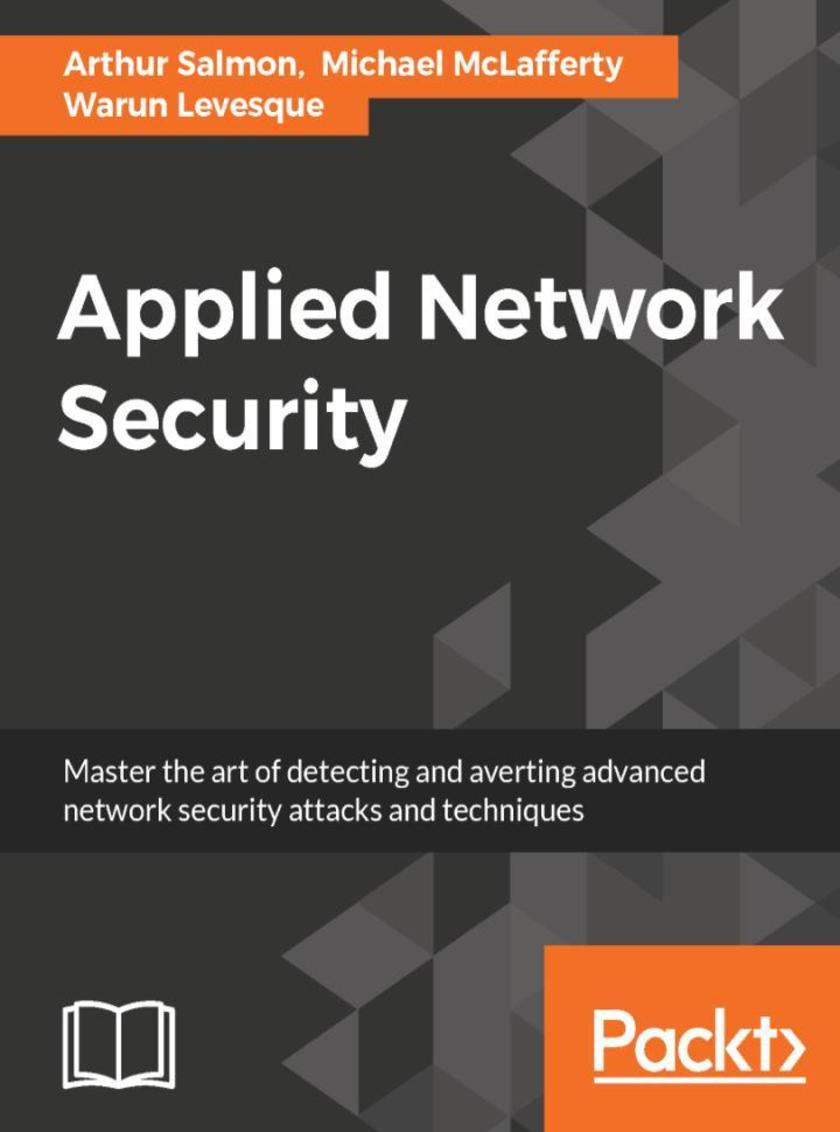
Applied Network Security
¥80.65
Master the art of detecting and averting advanced network security attacks and techniques About This Book ?Deep dive into the advanced network security attacks and techniques by leveraging tools such as Kali Linux 2, MetaSploit, Nmap, and Wireshark ?Become an expert in cracking WiFi passwords, penetrating anti-virus networks, sniffing the network, and USB hacks ?This step-by-step guide shows you how to confidently and quickly detect vulnerabilities for your network before the hacker does Who This Book Is For This book is for network security professionals, cyber security professionals, and Pentesters who are well versed with fundamentals of network security and now want to master it. So whether you're a cyber security professional, hobbyist, business manager, or student aspiring to becoming an ethical hacker or just want to learn more about the cyber security aspect of the IT industry, then this book is definitely for you. What You Will Learn ?Use SET to clone webpages including the login page ?Understand the concept of Wi-Fi cracking and use PCAP file to obtain passwords ?Attack using a USB as payload injector ?Familiarize yourself with the process of trojan attacks ?Use Shodan to identify honeypots, rogue access points, vulnerable webcams, and other exploits found in the database ?Explore various tools for wireless penetration testing and auditing ?Create an evil twin to intercept network traffic ?Identify human patterns in networks attacks In Detail Computer networks are increasing at an exponential rate and the most

PostgreSQL Administration Cookbook, 9.5/9.6 Edition
¥107.90
Over 150 recipes to help you administer your PostgreSQL database more efficiently About This Book ?Get to grips with the capabilities of PostgreSQL 9.6 to administer your database more efficiently ?Monitor, tune, secure and protect your database ?A step-by-step, recipe-based guide to help you tackle any problem in PostgreSQL administration with ease Who This Book Is For This book is for system administrators, database administrators, data architects, developers, and anyone with an interest in planning for, or running, live production databases. This book is most suited to those who have some technical experience. What You Will Learn ?Implement PostgreSQL features for performance and reliability ?Harness the power of the latest PostgreSQL 9.6 features ?Manage open source PostgreSQL versions 9.5 and 9.6 on various platforms ?Discover advanced technical tips for experienced users ?Explore best practices for planning and designing live databases ?Select and implement robust backup and recovery techniques ?Explore concise and clear guidance on replication and high availability ?See the latest details on Logical Replication and Bi-Directional Replication In Detail PostgreSQL is a powerful opensource database management system; now recognized as the expert's choice for a wide range of applications, it has an enviable reputation for performance and stability. PostgreSQL provides an integrated feature set comprising relational database features, object-relational, text search, Geographical Info Systems, analytical tools for big data and
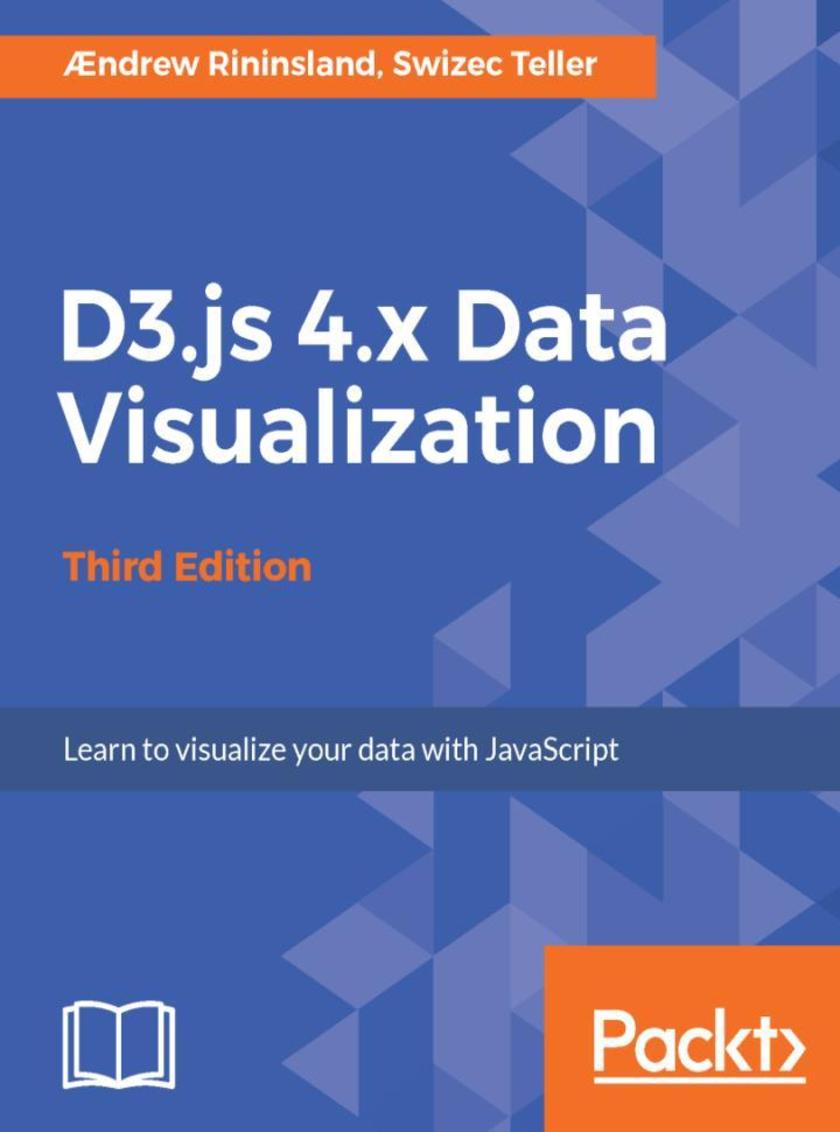
D3.js 4.x Data Visualization - Third Edition
¥71.93
Create and publish your own interactive and compelling data visualizations with D3.js 4.x About This Book ?Build interactive and rich graphics and visualization using JavaScript`s powerful library D3.js ?Learn D3 from the ground up, using the all-new version 4 of the library ?Gain insight into producing high-quality, extensible charts and visualizations using best practices such as writing testable, extensible code and strong typing Who This Book Is For This book is for web developers, interactive news developers, data scientists, and anyone interested in representing data through interactive visualizations on the Web with D3. Some basic knowledge of JavaScript is expected, but no prior experience with data visualization or D3 is required to follow this book. What You Will Learn ?Map data to visual elements using D3's scales ?Draw SVG elements using D3's shape generators ?Transform data using D3's collection methods ?Use D3's various layout patterns to quickly generate various common types of chart ?Write modern JavaScript using ES2017 and Babel ?Explore the basics of unit testing D3 visualizations using Mocha and Chai ?Write and deploy a simple Node.js web service to render charts via HTML Canvas ?Understand what makes a good data visualization and how to use the tools at your disposal to create accurate charts In Detail Want to get started with impressive interactive visualizations and implement them in your daily tasks? This book offers the perfect solution-D3.js. It has emerged as the most popular tool for data visualization.




 购物车
购物车 个人中心
个人中心



